Growing Naranjilla From Cuttings – How To Root Naranjilla Cuttings
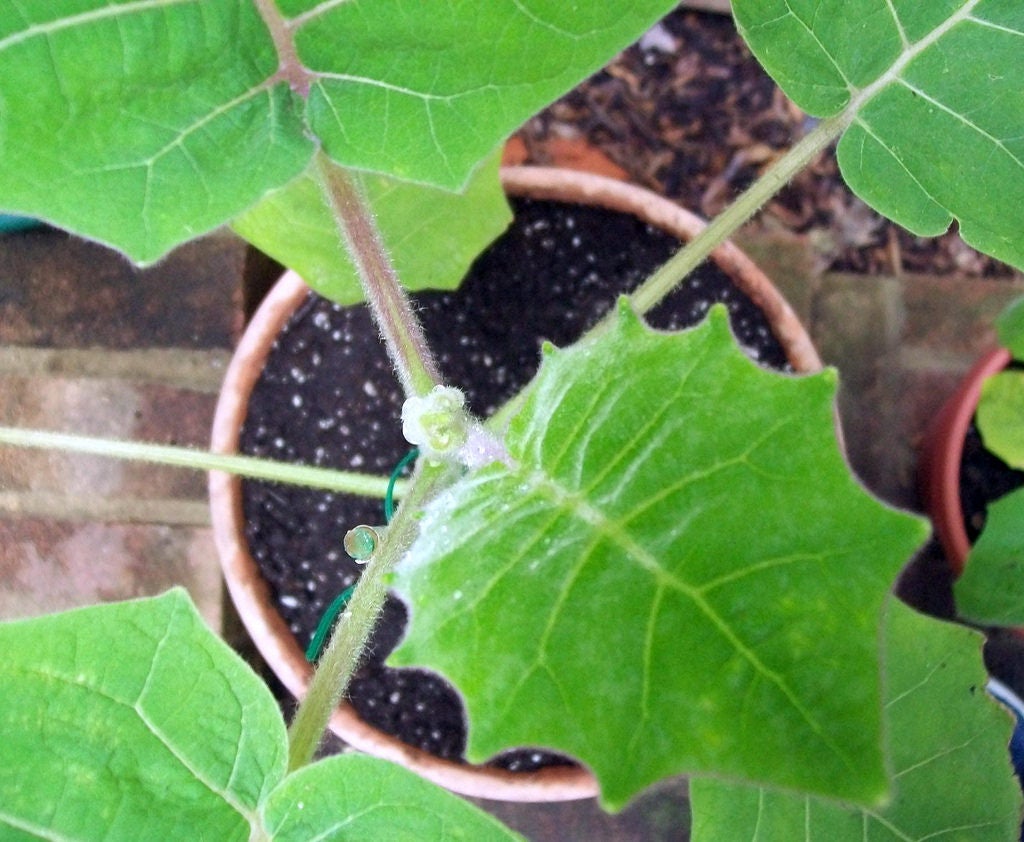

Native to the warm climates of South America, naranjilla, “little oranges,” are thorny shrubs that produce exotic blooms and rather odd-looking, golf-ball sized fruit with a very distinctive flavor. Can you grow naranjilla from cuttings? Yes, you sure can, and it’s not all that difficult. Let’s learn about naranjilla cutting propagation and growing naranjilla from cuttings.
How to Root Naranjilla Cuttings
Taking cuttings of a naranjilla is easy. Late spring and early summer are the best times for growing naranjilla from cuttings.
Fill a 1-gallon (3.5 L.) pot with a well-drained potting mixture such as half peat and half perlite, vermiculite, or coarse sand. Be sure the pot has a drainage hole. Water the mixture thoroughly and set the pot aside to drain until the potting mix is evenly moist but not sopping wet.
Take several 4 to 6 inch cuttings (10-15 cm.) from a healthy naranjilla tree. Use a sharp, sterile knife or pruners to take the cuttings from the tip of a young, healthy branch.
Cut the ends of the stems at a 45-degree angle. Pull the leaves from the bottom half of the cuttings, exposing the nodes. (Each cutting should have two or three nodes.) Make sure there are two to three leaves remaining at the top of the stem.
Dip the lower stem, including the nodes, in rooting hormone. Use a pencil to poke holes in the potting mix, then insert the cuttings into the holes. You can plant up to a dozen cuttings in the pot, but space them evenly so the leaves aren’t touching.
Cover the pot with clear plastic. Prop up the plastic with straws or dowels so it doesn’t rest on the leaves. Place the pot in bright, indirect light. Avoid sunny windowsills, as direct sunlight may scorch the cuttings. The room should be warm – between 65 and 75 degrees F. (18-21 C.). If the room is cool, set the pot on a heat mat.
Gardening tips, videos, info and more delivered right to your inbox!
Sign up for the Gardening Know How newsletter today and receive a free copy of our e-book "How to Grow Delicious Tomatoes".
Caring for Cuttings of a Naranjilla
Check the cuttings regularly and water as necessary to keep the potting mix moist.
Remove the plastic as soon as the cuttings are rooted, generally indicated by the appearance of new growth, usually after six to eight weeks.
Plant the rooted cuttings in individual pots. Place the pots outdoors in a sheltered location where the young plants are exposed to indirect sunlight. Temperatures should be consistently above 60 degrees F. (16 C.).
Water the young tree every other week, using a very dilute solution of a general purpose fertilizer.
Transplant the cuttings into larger pots when the roots are well established. Allow the young naranjilla tree to develop for at least a year before moving it to a permanent location or continue growing the plant in a pot.

A Credentialed Garden Writer, Mary H. Dyer was with Gardening Know How in the very beginning, publishing articles as early as 2007.
-
 Grow ‘Karl Rosenfield’ Peony Plants For The Ultimate Frilly Border Beauties And Cut Flowers
Grow ‘Karl Rosenfield’ Peony Plants For The Ultimate Frilly Border Beauties And Cut FlowersFor frilly double magenta peony petals infused with a heady fragrance, grow ‘Karl Rosenfield’ peony plants. Here’s how to cultivate the ultimate plushy blooms
By Tonya Barnett
-
 10 Common Composting Problems That Can Spoil Your Garden Gold – Plus Easy Fixes
10 Common Composting Problems That Can Spoil Your Garden Gold – Plus Easy FixesLearn how to troubleshoot common composting issues before they ruin your stash – from bad smells and bugs to materials not breaking down as they should.
By Susan Albert
-
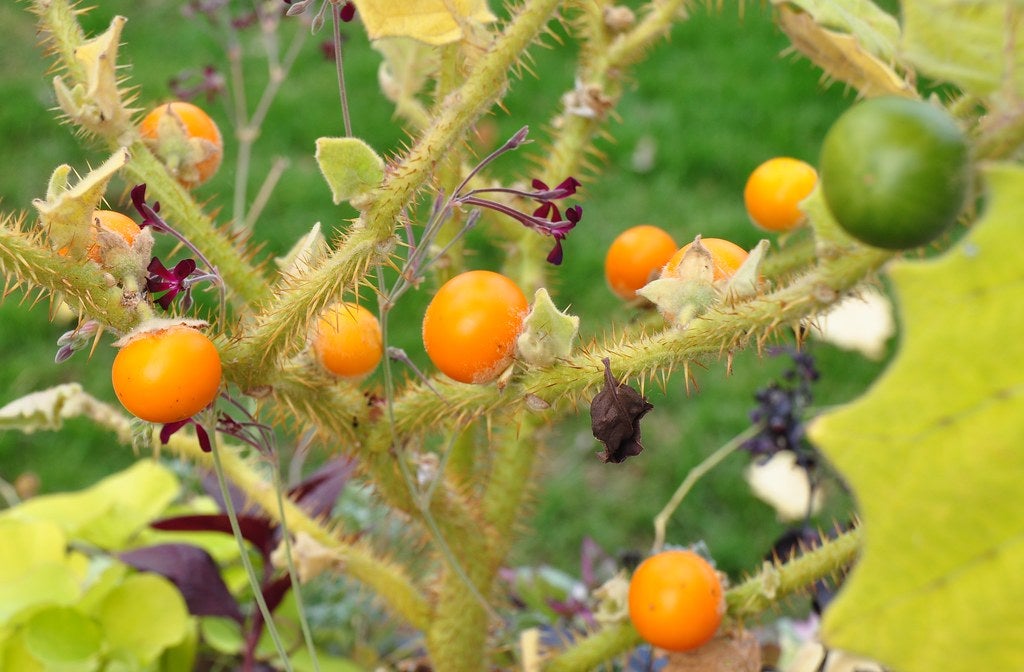 Naranjilla Pest Problems: What Are Common Naranjilla Pests
Naranjilla Pest Problems: What Are Common Naranjilla PestsThe naranjilla plant is a tough little tree, but it occasionally gets attacked by naranjilla pests, notably the root knot nematode. For information about naranjilla pest problems, including a list of bugs that eat naranjilla, this article can help.
By Teo Spengler
-
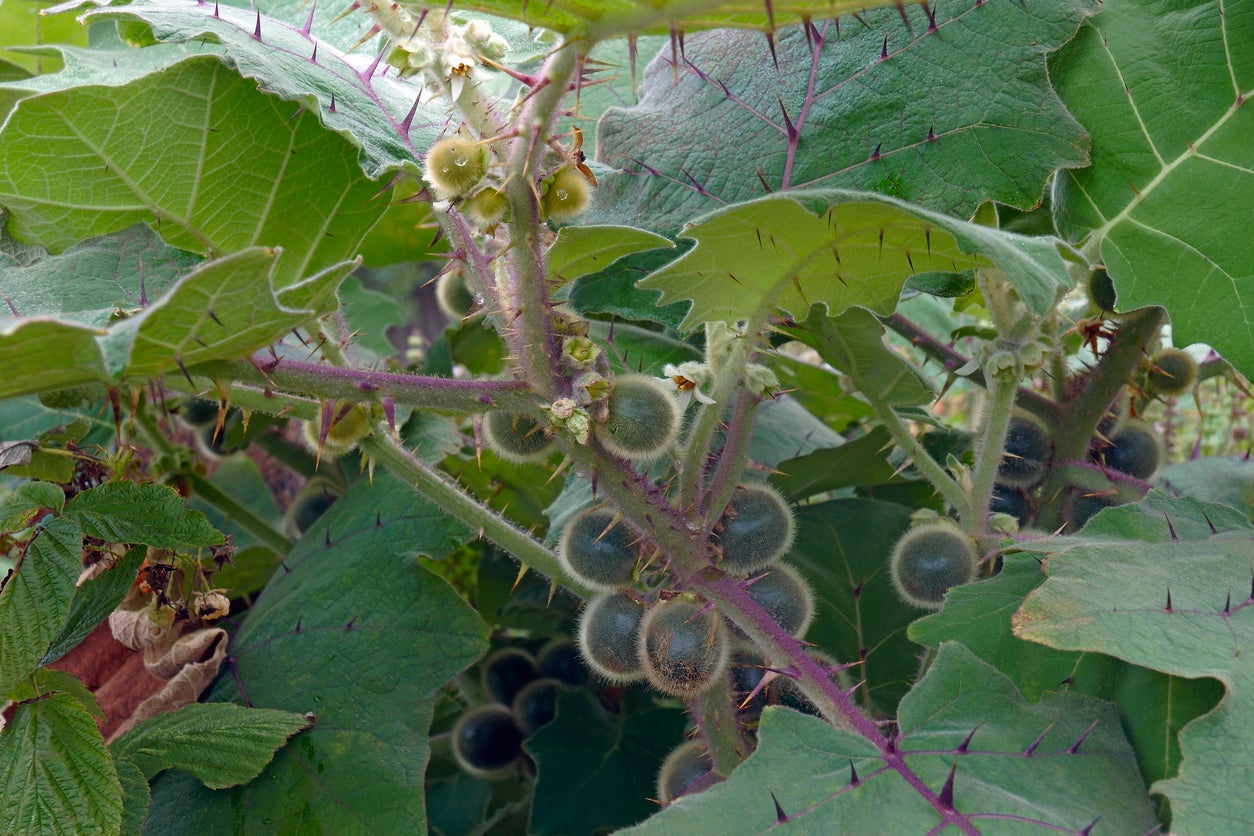 Naranjilla Propagation: Tips For Growing New Naranjilla Trees
Naranjilla Propagation: Tips For Growing New Naranjilla TreesA common name of “little orange” might lead one to think naranjilla is a citrus, but it is not. However, the taste is similar to a tart pineapple or lemon. If you want to grow this unusual specimen or have one and wish for more, learn how to propagate naranjilla here.
By Becca Badgett
-
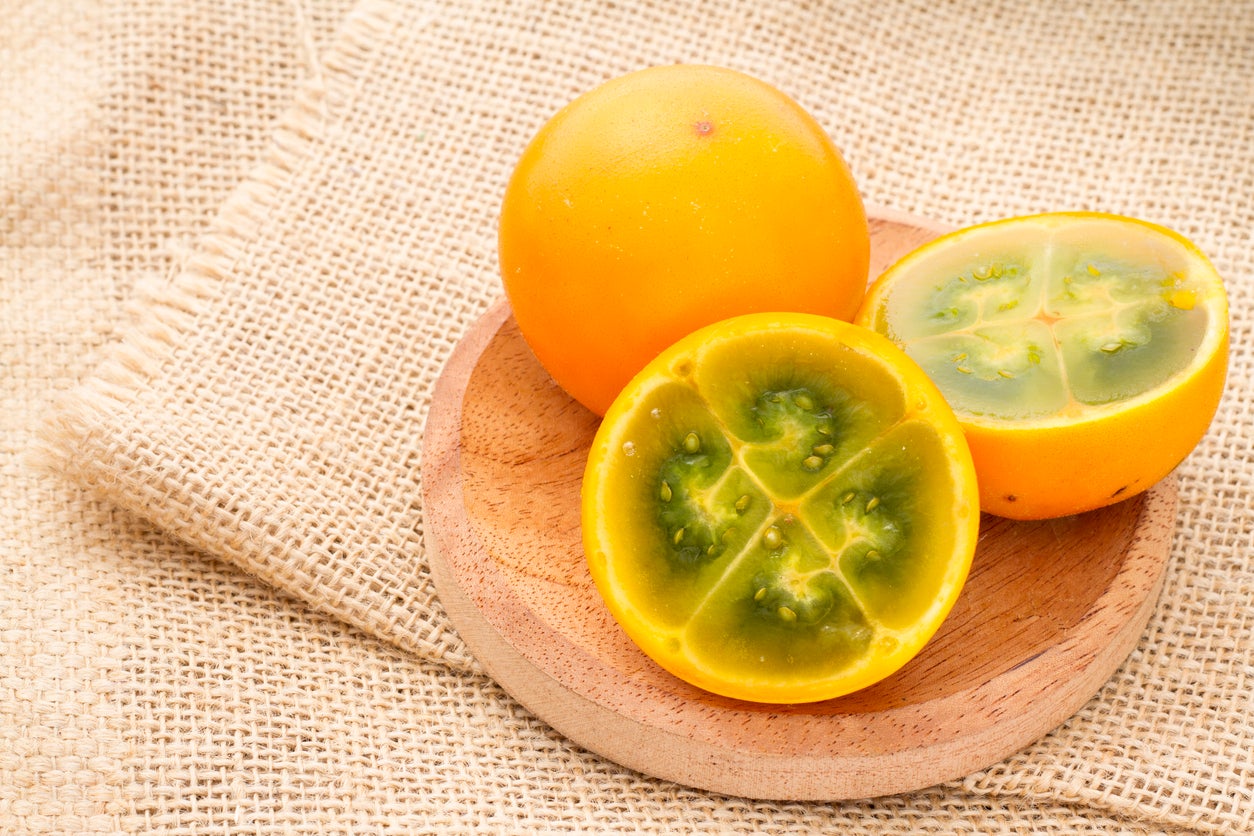 Picking Naranjilla Fruits: Tips For Harvesting Naranjilla
Picking Naranjilla Fruits: Tips For Harvesting NaranjillaNaranjilla fruit tends to be flavorless and unpleasant when unripe. However, it can be tangy and delicious if naranjilla harvest occurs at the optimum point of ripeness. So, how to you know when to harvest naranjilla? Learn more about harvesting this interesting fruit here.
By Mary H. Dyer
-
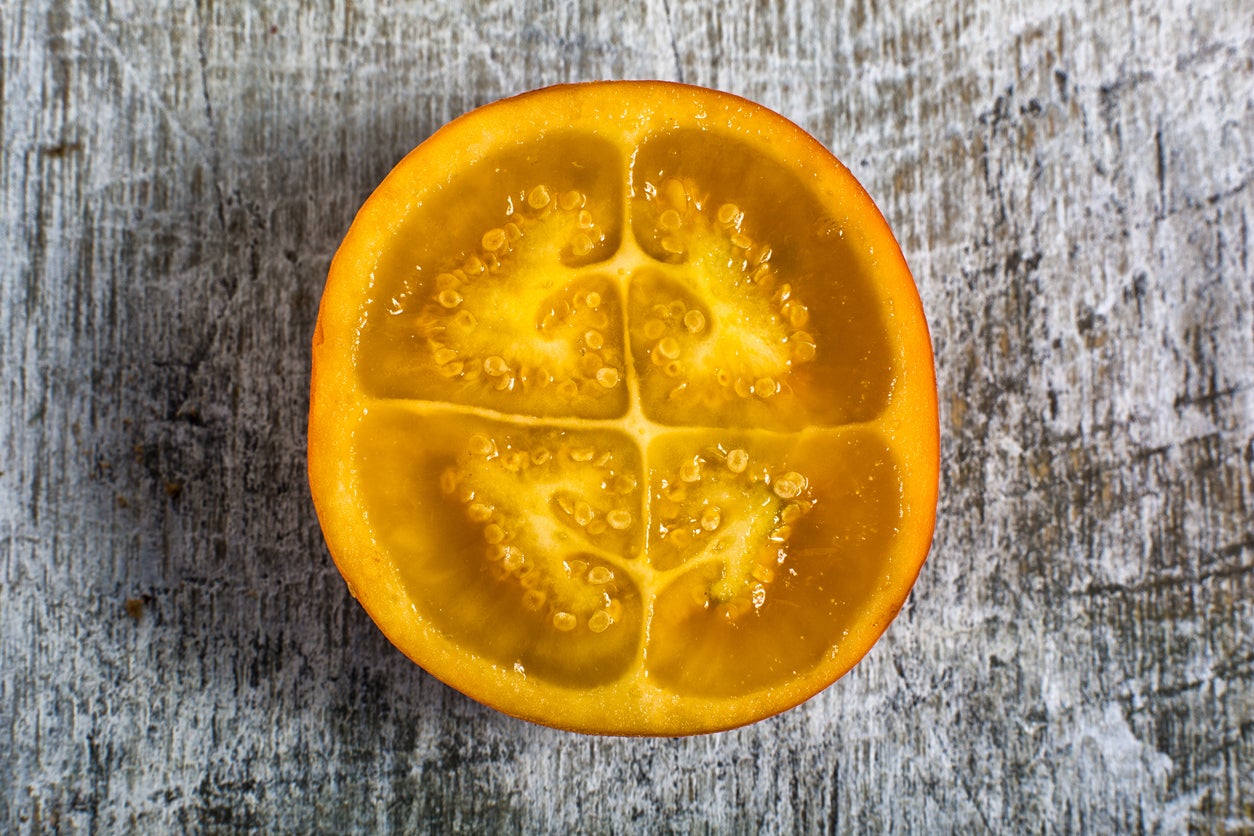 Naranjilla Seed Propagation – Learn How To Grow Naranjilla From Seed
Naranjilla Seed Propagation – Learn How To Grow Naranjilla From SeedIt’s a lot of fun to bring naranjilla into your garden, and inexpensive too, since you can easily grow naranjilla from seed. Click this article for information about naranjilla seed germination as well as tips for propagating naranjilla seeds.
By Teo Spengler
-
 Naranjilla Layering Info: Learn How To Layer Naranjilla Trees
Naranjilla Layering Info: Learn How To Layer Naranjilla TreesInterested in learning how to layer naranjilla? Air layering, which involves rooting a naranjilla branch while it’s still attached to the parent plant, is surprisingly easy. Click on the following article to learn about naranjilla air layering propagation.
By Mary H. Dyer
-
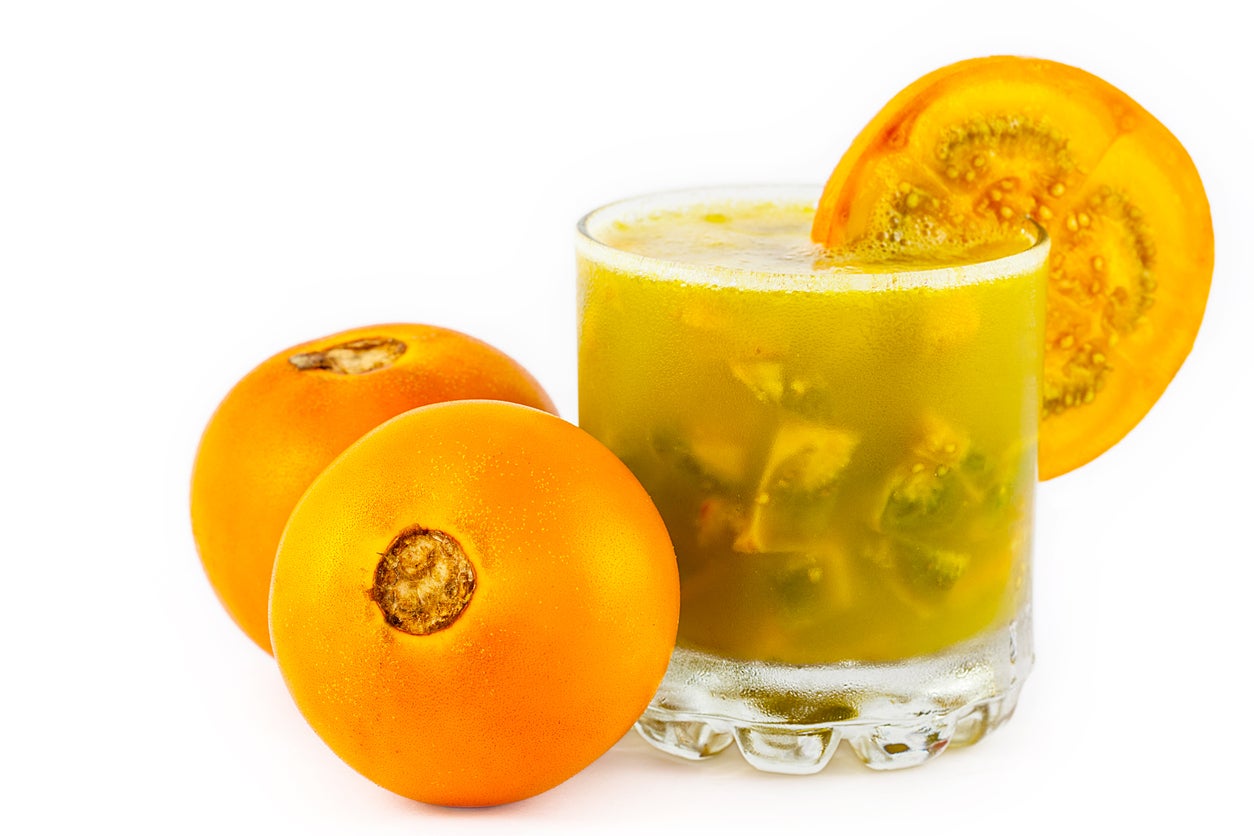 Eating Naranjilla – Learn How To Use Naranjilla Fruit
Eating Naranjilla – Learn How To Use Naranjilla FruitNaranjilla is indigenous to Colombia, Ecuador, Peru and Venezuela. If visiting these countries, it is highly recommended that you try eating it. Each culture has a different way of using naranjilla fruit; all are delicious. How do the locals use naranjilla? Find out here.
By Amy Grant
-
 Kinds Of Naranjilla Fruit: Are There Different Varieties Of Naranjilla
Kinds Of Naranjilla Fruit: Are There Different Varieties Of NaranjillaThere are three naranjilla varieties: spineless types of naranjilla cultivated in Ecuador, spined varieties of naranjilla grown primarily in Colombia and another type called baquicha. The following article discusses the three different naranjilla varieties.
By Amy Grant
-
 Naranjilla Disease Problems: How To Treat Sick Naranjilla Trees
Naranjilla Disease Problems: How To Treat Sick Naranjilla TreesNaranjilla is a fun subtropical shrub to grow in the home garden. But, if your shrub is showing signs of disease, it could die. Know the common diseases of naranjilla and how to handle them. This article will help get you started.
By Mary Ellen Ellis